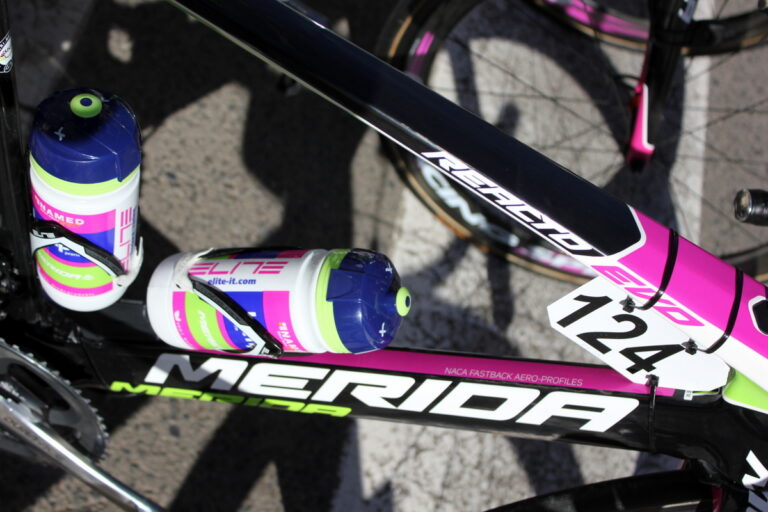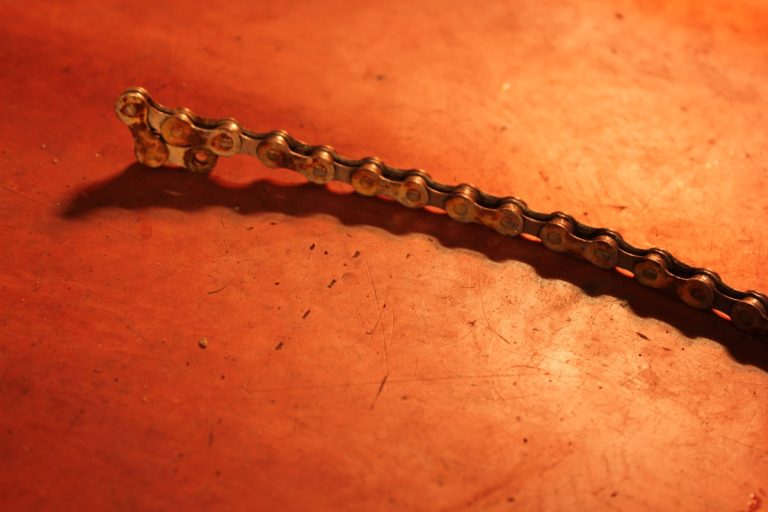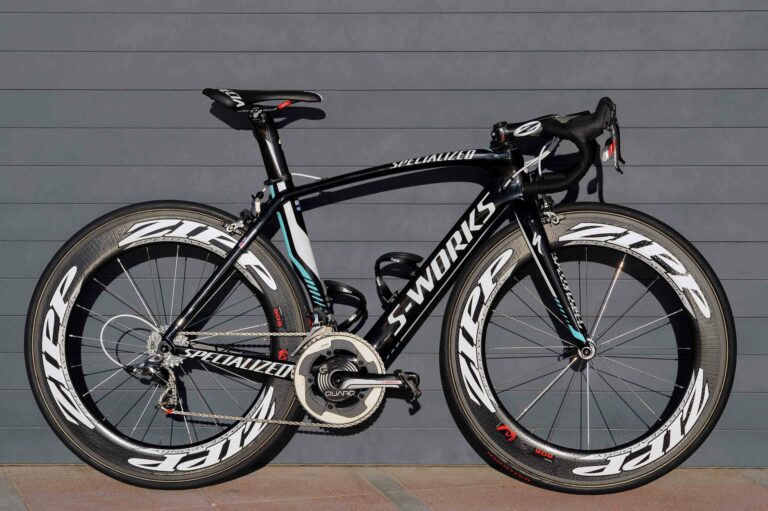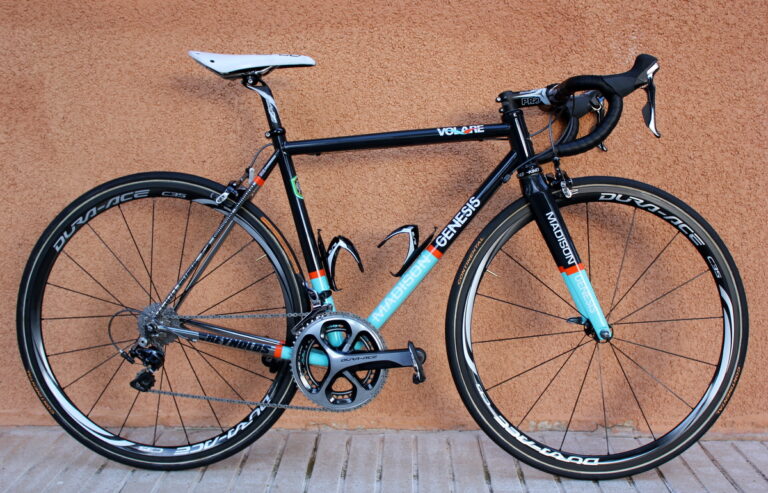I’ll admit to being unfamiliar with the Marchisio name before being asked to test these aluminium clinchers.
Not being wholly familiar with the brand, I was half-expecting to encounter Italian midfield dynamo, Claudio Marchisio. Not so, fortunately; we are, after all, an online road cycling magazine.
Instead, my assignment involves nothing more innocuous than a separate review of the hoops supplied with the Vivelo Arc RS reviewed last month, to assess how this £400 wheelset fairs against recent opposition, namely the trusty Mavic Ksyrium Elite S’s and the new Fulcrum Racing Quattros that have been spinning around in the Test Rig and the RCUK Winter Bike.
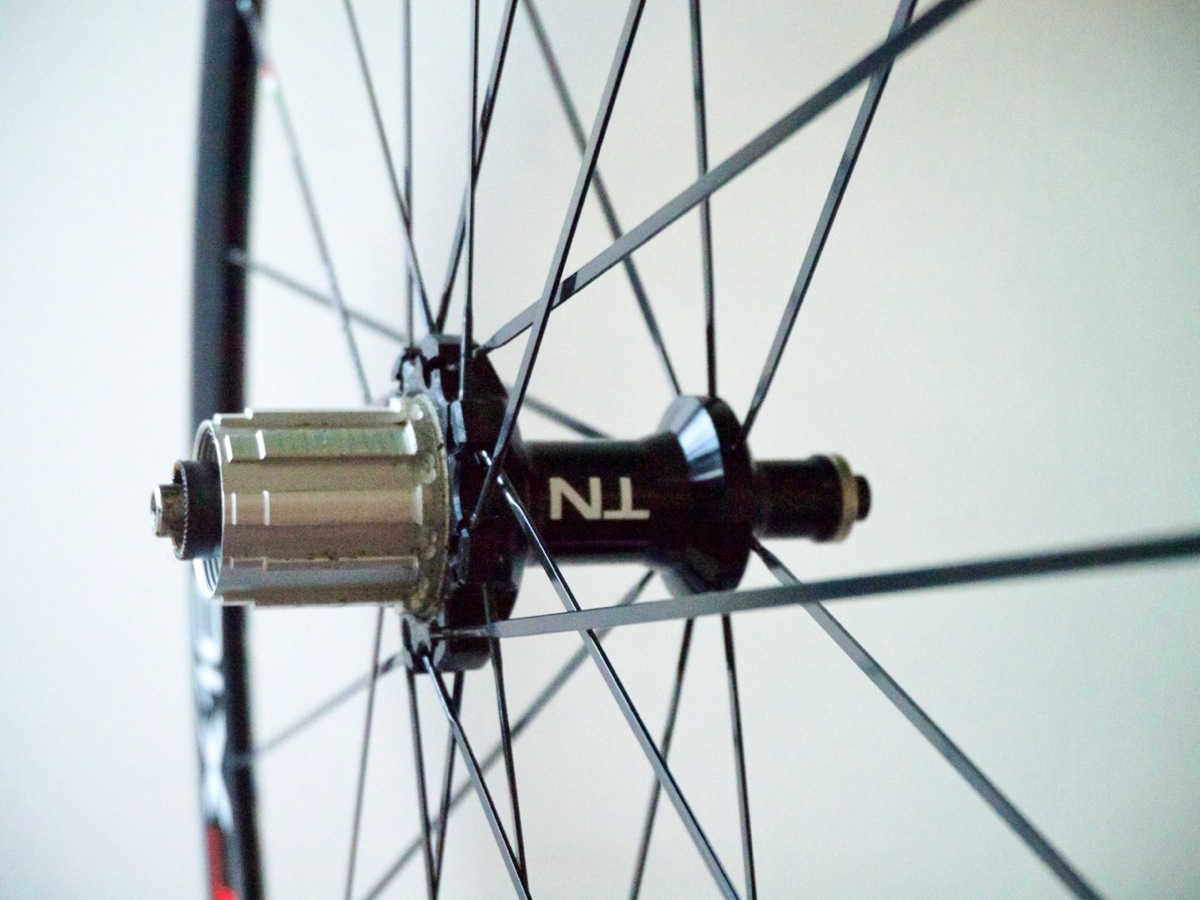
So what does the mid-priced Italian built wheelset have to offer? Well, 20 bladed, radially-laced spokes at the front, and 24 at the rear to start with (and, typically Italian, good looks). At the rear, on the drive side, they are double crossed, and protruding from the non-driveside, they are radial. All fairly standard.
What is nice to see is the driveside flange cut into a cog shape, not dissimilar to some Mavic wheels. From this, we deduce that the bladed spokes are straight pull. After quickly totting up the number of spokes, it was clear that driveside also contained more spokes than the non-driveside: 16, as apposed to 18. This, according to the Italian boys, will increase stability and torsional stiffness: a reassuring claim, given the as the very flat dishing on the driveside, where much work is being done by the double-butted steel spokes.
The hubs are constructed from 7075 aluminium (a strong aluminium alloy, created by adding zinc to the raw material, and a classic choice for bicycle components). The flanges flow smoothly into the main body and, combined with the aero profile of the aluminium rim, create a wheelset with every appearance of being able to cut through the air.
Weighing in at 700 grams and 955 grams (front and rear, without skewers), they are a little over the claimed 1590 grams for the set, but not by too much. The 18mm rim width places them in the old school camp rather than with the new, wide rim brigade.
The front rim is a little shallower than the rear; 23mm rather than the 26mm at the back, perhaps to manage the differing forces at work front and rear. The supplied quick releases are machined and fairly chunky but smooth under hand.
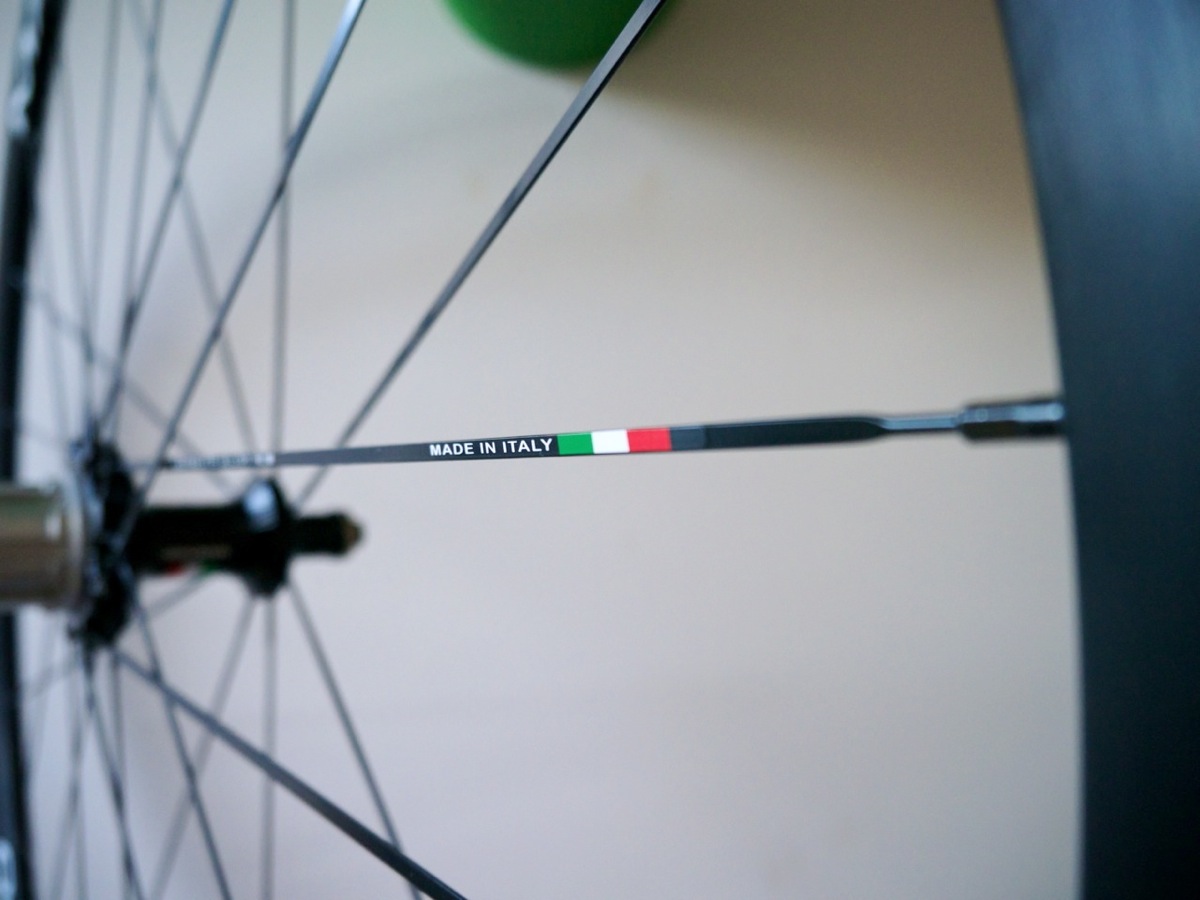
Interestingly, the key feature of these Marchisio TX100 wheels is the ability to change the freehub body with no tools. The whole unit detaches from the hub with a slight pull. The ease with which this is achieved made me ponder the practicality of running different manufacturers groupsets on summer and winter bikes, but switching the wheels between them. A more obvious benefit, of course, is the ease of service after wet winter rides. This could be handy, but first we’re keen to see if they cut the mustard as quality winter and training wheels.
Check back soon for a full review.

